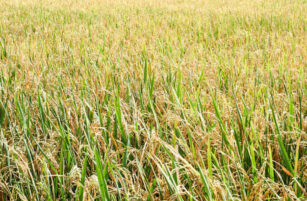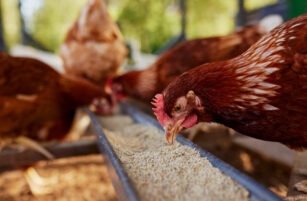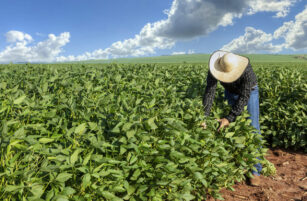- Wheat prices, like other commodities, are driven by the basics of supply and demand.
- So, why in some seasons do stocks increase more than demand, but the wheat price doesn’t appear lower?
- An understanding of wheat and wider commodity markets can help answer this.
Assessing the Value of Wheat
- The wheat market often appears a complicated place.
- Any economist will tell you that supply and demand drives price.
- However, the interaction between a number of different commodities, agricultural or not, will influence price.
- The unique characteristics of individual wheat types will set each and every one apart from the others in terms of value.

- Harvested acreage, combined with weather influence, will also determine the quality and quantity of crop available to the market.
- In turn, the size and quality of each wheat crop, relative to other classes, will have ramifications to the premiums or discounts attributed to each.
- In a similar manner, the wider commodity markets will all have their own specific influences over a given wheat price.
Price Influence and Commodity Interaction
- As harvests complete and supplies are assessed, we begin to see how differing commodities can influence the price of wheat.
A hypothetical example of where a specific wheat price could be driven up or down by another commodity may be seen in a theoretical poultry ration:
In a normal year, a Feed Compounder may produce poultry feed using 65% feed wheat and no corn.
If feed wheat was in short supply, but corn was in abundant supply, the Feed Compounder may decide that they can produce poultry feed using up to 10% corn in place of some wheat.

If the feed wheat price is high enough (relative to the corn price) to make corn attractive, the Feed Compounder may increase the corn content to 10% at the expense of feed wheat.
In this event, demand for feed wheat, and therefore potentially its price, would decrease. Corn, on the other hand, may rise in both instances.

A relative premium/discount would be established between the two prices.
If the feed wheat price rises too much, corn demand and its subsequent price would increase. Each price would adjust until feed wheat regained competitiveness.
The relative price of wheat is determined by numerous factors, but the above is one example of how a simple price comparison can be made between wheat and a different grain.
Proactive Decision Making
Whether you’re a farmer, producer, commodity trader or processor, there’s an array of possibilities to use these price differences to make proactive decisions for your own benefit.
A farmer, as we’ve discussed previously, has many factors affecting the decision to plant one crop or another. Price comparisons can, at times, play an important role and significantly impact the planting decisions and subsequent profitability of a harvest.
Traders will use these price anomalies or variations to buy one product while selling another.
Processors will use all of these quirks to produce the most competitively priced products.
Conclusions
All the market participants mentioned above will gain from a comprehensive understanding of the commodities influencing their businesses.
Commodity price interaction is not always very obvious, such as wheat and oil, or even at times, wheat and wheat.
Over the coming weeks, we’ll look at various commodities and by-products to see what influences the wheat market and why.
Knowledge and understanding are the focus for good proactive decision making and profitable business.

Other Opinions You Might Be Interested In…













